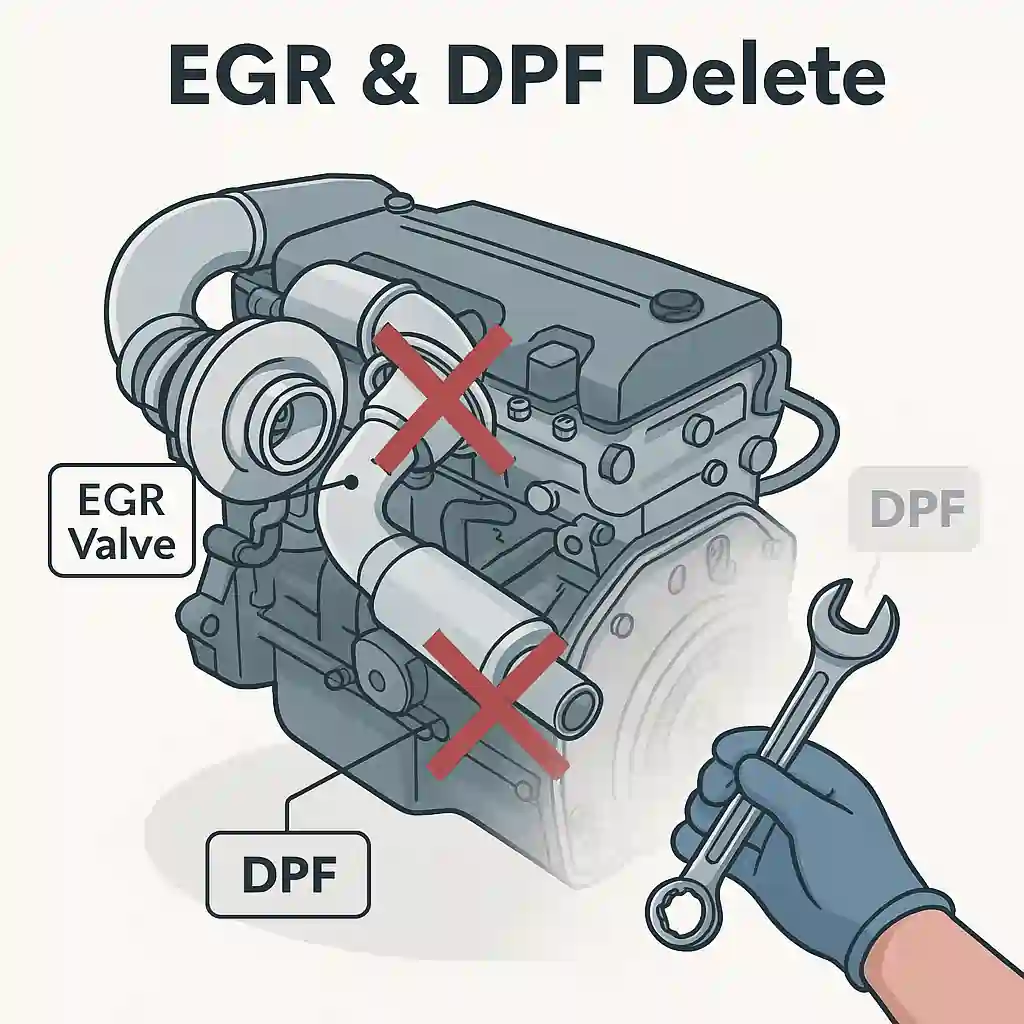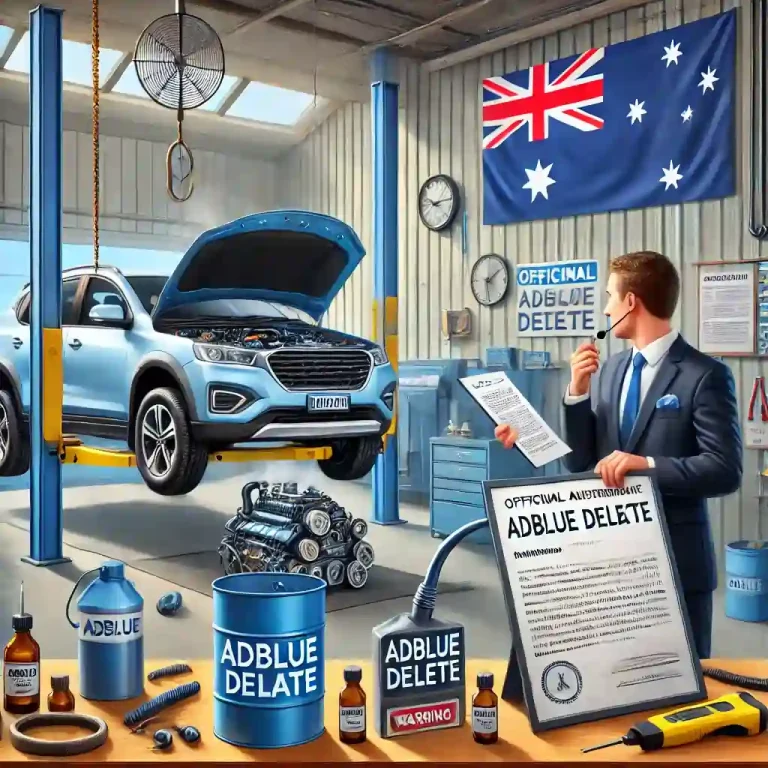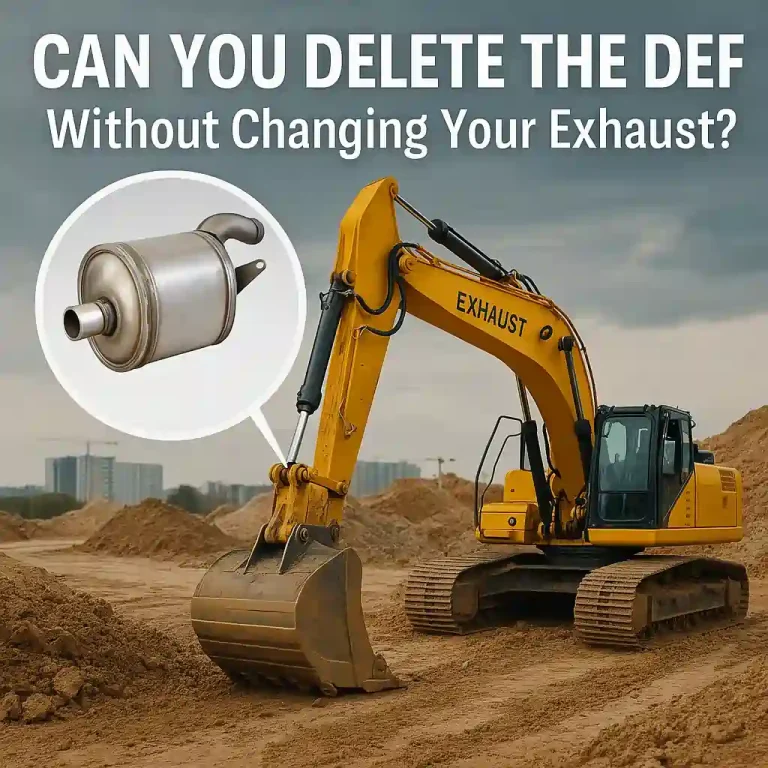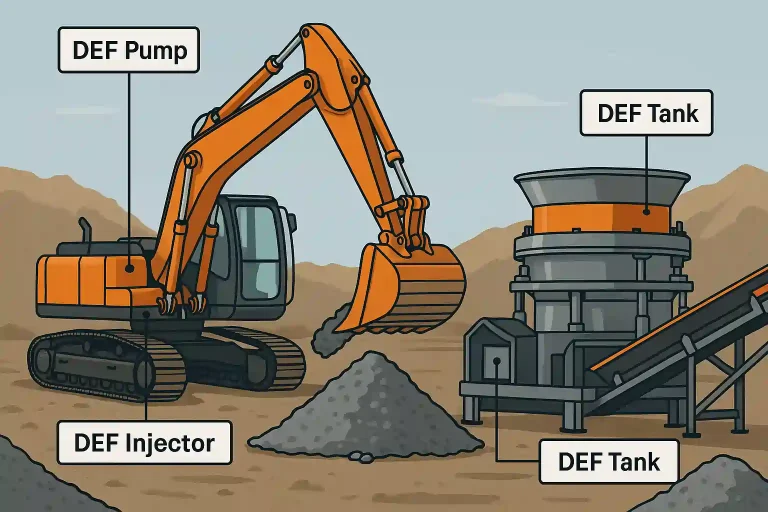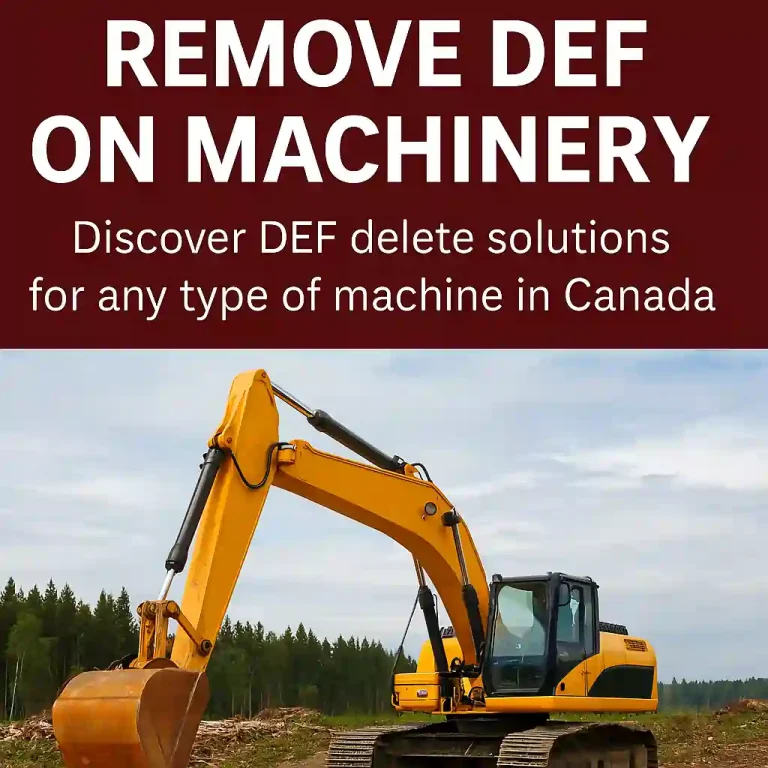EGR & DPF Delete: The Complete Guide to Performance, Benefits, and Risks
Modern diesel engines are equipped with a range of emissions control systems, including EGR (Exhaust Gas Recirculation), DPF (Diesel Particulate Filter), and DEF (Diesel Exhaust Fluid). These components are designed to reduce harmful emissions, but they also come with increased maintenance costs, performance limitations, and downtime risks for machine operators.
In this guide, we’ll explore what EGR and DPF deletes involve, their advantages and potential risks, and how they compare to other emissions system removals — like a DEF delete.
What Is an EGR Delete?
An EGR delete disables or removes the Exhaust Gas Recirculation system. The EGR is designed to recirculate exhaust gases back into the engine to reduce NOx emissions. However, this also causes carbon buildup, overheating, and turbo inefficiency over time.
Benefits of an EGR delete:
- Reduced engine temperatures
- Improved turbocharger performance
- Longer engine life
- Fewer breakdowns
What Is a DPF Delete?
The Diesel Particulate Filter traps soot from the exhaust system and burns it off during regeneration cycles. While this is good for emissions, DPF regeneration can interrupt operation, and filter blockages often lead to costly replacements.
DPF delete benefits:
- Eliminates regeneration downtime
- Increases fuel economy
- Lowers exhaust backpressure
- Stops soot-related shutdowns
How a DEF Delete Compares
While EGR and DPF systems are internal to the engine and exhaust, the DEF system is an external aftertreatment process using AdBlue fluid and an SCR (Selective Catalytic Reduction) module to neutralize NOx gases.
For many operators, a DEF delete offers a faster and easier alternative, especially when dealing with sensor faults, DEF freezing, or AdBlue quality errors.
💡 Want to compare DEF delete methods? See our guide:
Advantages of DEF Delete Emulator Over Delete Remap
Legal Considerations
Deleting any emissions control system — EGR, DPF, or DEF — comes with potential legal risks depending on your location. These systems are required for on-road compliance, but many operators of off-road, construction, and agricultural equipment still opt for deletes to reduce maintenance costs and improve uptime.
Always consult local laws and consider whether your equipment is used exclusively on private land or export purposes before modifying the emissions system.
Final Thoughts
EGR and DPF deletes can offer performance advantages, reduced downtime, and longer engine life — especially in machines that no longer operate in regulated zones.
If you’re looking to bypass DEF system issues, explore our DEF delete solutions for construction equipment with plug-and-play emulators.
✅ Need help with your emissions system?
Contact us for expert advice or to order a reliable DEF delete kit for your machine.

